Case Analysis:
On December 21, 2016 a 60 year old male visited his dental office to have a tooth extraction, the upper left first molar – tooth number 26. His tooth was fractured and could not be restored, therefore, only one choice of treatment was available. After his extraction, the patient was prescribed Percocet for pain and post-operative instructions were provided.
The Post-Operative Instructions:
- Bite on one to two pieces of gauze (fold the gauze into 2 or 4 pieces) and place on the socket area biting down for 30 minutes. If after 30 minutes it continues to bleed bright red blood,then apply a clean piece of gauze for another 30 minutes, otherwise, no additional gauze is necessary.
- Do not spit, rinse, drink from a straw, smoke or ingest alcoholic beverages This can dislodge the clot formed.
- Eat plain,soft foods (such as mashed potatoes, rice, pasta) for the next day.
- Begin salt water rinses 24 hours after your extraction.
- If any pain develops within two to four days after the extraction,contact the dental (Homeopathy Treatment for Dental Caries and Dental Abscess) office.
The patient continued to experience pain a few days after the extraction. The patient contacted the dentist on December 27 for an emergency visit and was treated for alveolar osteitis.
Alveolar Osteitis Protocol:
- The dentist irrigates the wound with a chlorhexidine solution and places a dressing, alveogyl paste,in the socket.
- The patient is asked to return to the dental office daily until the wound is healed.
The patient saw the dentist daily from December 28 to December 30, 2016 and was asked to return to the dental office on January 2, 2017.
Case & Dental Treatment:
The socket was completely open and the bone was exposed on the tongue (lingual) side without granulation formation. Minimal granulation had formed on the cheek (buccal) side by January 2, followed by slight granulation formed towards the back (distal) side by January 3 and January 4. The tissues were red, inflamed and the patient had some pain, discomfort and difficultly eating on the left side.From January 2 to January 4, the patient returned to the dental office daily for treatment of alveolar osteitis.
Dentist Discussion with the Patient:
On January 4, the dentist discussed an alternative healing method.
Options available:
- Freeze the area and scrape the socket to initiate fresh blood for granulation formation to take place.
- Another type of treatment, homeopathy was communicated to the patient. I explained the healing benefits of homeopathy. The patient was hesitant. The decision was as follows: If on January 5, the dentist felt that no significant improvement was made, then the patient would try homeopathy.
On January 5,the patient returned to the dental office and homeopathic treatment began.
Homeopathy Treatment for Alveolar Osteitis
Central Issue of Case:
This was an acute case of a60 year old male that had a tooth extraction where the wound became infected several days later. The patient was in pain, but the medication Percocet did not help with the alveolar osteitis. The patient contacted the dentist and was given specific dental treatment for this condition; however, the socket did not heal properly as the granulation stage did not form. The patient’s vital force was not in balance and this is where homeopathy plays a valuable role in post-surgical healing.
Patient’s Symptoms:
| SYMPTOMS |
| 1. Granulation formation did not form |
| 2. Wound area was slow to heal |
| 3. The socket was inflamed and red |
| 4. The patient was in pain |
Rubrics:
GENERALS – WOUNDS – granulations, proud flesh
GENERALS – WOUNDS – heal; tendency to – slowly
GENERALS – INFLAMMATION – wounds, of
GENERALS – WOUNDS – painful
Selected Remedy: Calendula 200C dry dose
On Thursday January 5, 2017, I prescribed the remedy Calendula 200C. I explained the administration of the remedy and provided written instructions to the patient. Calendula tincture was used to irrigate and remove any excess alveogyl paste with no further dressing applied. A syringe was given to the patient and he was advised to irrigate the area with salt water solution after every meal to flush out any excess food. The patient was asked to return to the dental office for a follow-up appointment.
1stFollow-upvisitFriday, January 6, 2017
24 hours after administration of Calendula.
- Granulation formed on the lingual side where the bone was exposed,as well as on buccal and distal sides of the socket.
- Bone was no longer exposed anywhere.
- The gingiva (gums) were slightly inflamed, no redness and the gingiva looked healthier in colour.
- Slight food impacted in the area;the dentist irrigated with Calendula tincture
- Direction of Cure:
- There was evidence of significant improvements after 24 hours.
- The patient is to continue the same remedy.
The patient was asked to return to the dental office for a follow-up appointment on Monday, January 9, 2017.
2nd Follow-up visit Monday, January 9, 2017
4 days after taking the remedy.
- Granulation formed around the areaand the bone was almost covered.
- Gingiva was pink and healthy in colour.
- No inflammation, redness or discomfort.
- Irrigation of Calendula tincture was not used.
- Direction of Cure:
- Over 80% healed. Only two small areas to heal.
- Given that it was over 80% healed, I requested the patient discontinue the remedy Calendula the next day (Tuesday, January 10).
- The patient was asked to return for a follow-up on Friday, January 13, 2017 at the dental office.
Below is a photograph taken of the healed area after 4 days of taking the remedy Calendula.
3Rd Follow-upvisit Friday, January 13, 2017
Day 8
- The patient stopped taking the remedy on Tuesday, January 10, 2017.
- The wound was completely healed and closed.
- Gingiva was pink and healthy in colour.
- Direction of Cure:
- 100% healed.
- The patient took the remedy Calendula for four days.
Below is a photograph of the healed area, taken on Friday, January 13, 2017.
Conclusion:
With my combined experience in both homeopathy and in the dental field, this particular remedy proved to be suitable for this patient. The remedy Calendula is useful for open wounds, cuts, lacerations and suppurating wounds. The area can become red, inflamed with burning and stinging pain. It promotes healthy granulation formation, rapid healing, heals infections and can be used as an antiseptic to relieve pain after gingiva surgery.
The purpose of the patient to attend his follow-up visits at the dental office was so both parties could see the healing results. This is a good example of why working with other medical professionals is beneficial, as we all learn gentle ways to treat patients without using invasive treatments.

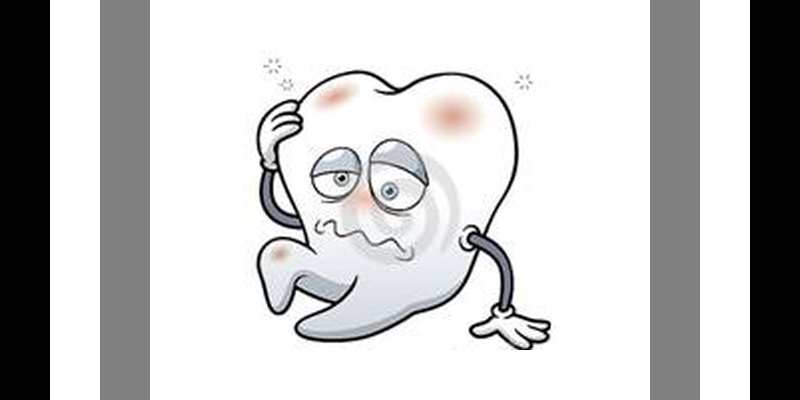
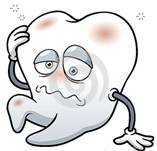

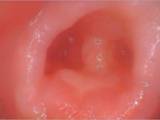
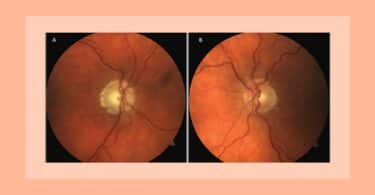

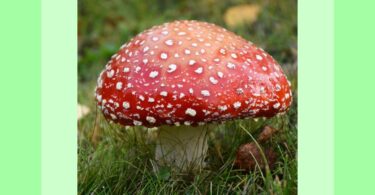

Hi,
I am a birth worker and use homeopathy with my clients. I have never used Calendula though. I was wondering if Calendula can be given to mothers (breastfeeding mothers) after birth to help heal tears in the perineum?
We already use seaweed with great results! I was just amazed at how well the wound in this article healed – if it could heal a torn perineum that quick it will be wonderful.
Now I am thinking – can this also be helpful for woman recovering from a Cesarean section?
Thanks
Bianca
Hi Palma:
I was wondering if Calcarea will not yield the same results. It is interesting to see the Calendula such a good job. I use Calendula Mother Tincture diluted in an ounce of water after and swish my mouth after brushing my teeth at night and have kept dental woes at bay. Lately I switched to Merc. sol 30c a few drops in a cup of water used similarly for after brushing swishing. This also has worked with excellent returns.
Thanks.
Gopal Pandey
704-771-5583
February 22, 2022